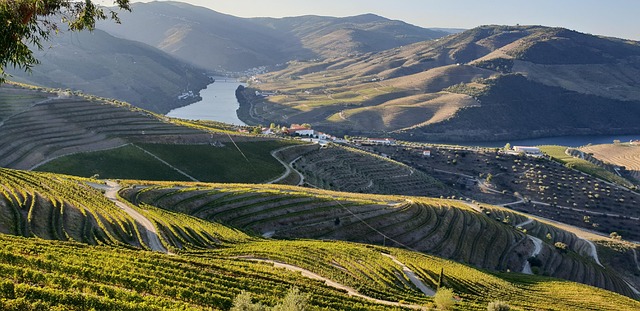Incorporating agricultural heritage into modern real estate developments creates unique, engaging communities that foster connections between residents and their surroundings. By integrating historical farming practices, developers preserve local history while attracting sustainability-minded individuals. Eco-friendly building practices, community gardens, farmers' markets, and agricultural events enhance quality of life, promote environmental stewardship, and strengthen community bonds, making properties hubs of shared history and vibrant cultural heritage. Real estate can drive positive change by leveraging agricultural elements like vertical farming and rooftop gardens, ensuring access to fresh, local produce and fostering a strong sense of community and regional identity.
In today’s fast-paced world, revitalizing communities with agricultural roots is more vital than ever. This article explores how we can weave a sense of community around rich farming heritages, while examining the unique role that real estate plays in fostering sustainable and connected populations.
From engaging local residents through agriculture to harnessing the power of strategic property development, discover innovative ways to build vibrant, thriving communities rooted in the past yet inspired for the future.
Weaving a Sense of Community Around Agricultural Heritage

In many communities, a strong sense of place is rooted in agricultural heritage. Weaving this into modern life through real estate developments creates a unique and engaging environment. By integrating historical farming practices and landscapes into residential areas, developers can foster a deep connection between residents and their surroundings. This approach not only preserves local history but also attracts folks who value sustainability and a close relationship with nature.
Imagine a neighborhood where community gardens thrive, and farmers’ markets are a regular feature. These initiatives bring people together, encourage interaction, and create a vibrant social fabric. Moreover, agricultural-themed events can become beloved traditions, strengthening the bond between residents and their community’s roots. Such strategies transform real estate not just into living spaces but into hubs of shared history and cultural heritage.
The Role of Real Estate in Nurturing Sustainable Communities

In the pursuit of building sustainable communities with agricultural roots, real estate plays a pivotal role by offering more than just spaces to live; it provides the foundation for fostering connections and supporting local food systems. The strategic development of residential areas that incorporate green spaces, community gardens, and nearby farms can significantly enhance the quality of life for residents while promoting environmental stewardship. Such designs encourage interactions among neighbors, creating a sense of community and encouraging collaboration in sustainable practices.
Moreover, real estate developers have an opportunity to drive change by adopting eco-friendly building practices, incorporating renewable energy sources, and prioritizing water conservation. These initiatives not only reduce the carbon footprint of new developments but also educate residents on sustainable living. The integration of agricultural elements into urban landscapes through vertical farming or rooftop gardens can further strengthen the bond between communities and their food sources, ensuring local, fresh produce for years to come.
Building Connections: Engaging the Local Population Through Agriculture

Building connections and fostering a sense of community is essential for any growing town or village, especially those with agricultural roots. Engaging the local population through agriculture offers a unique opportunity to bring people together while celebrating the region’s heritage. Local farmers’ markets, community gardens, and educational programs can become central hubs where residents connect, learn, and share their passion for the land. These initiatives not only strengthen the sense of place but also encourage a deeper understanding and appreciation of the area’s agricultural identity.
Incorporating agriculture into the local fabric can be a powerful tool for real estate developers and urban planners. By designing spaces that accommodate community gardens or allocating areas for farmers’ markets, they can create vibrant, liveable environments that cater to diverse interests. Such efforts contribute to a thriving community where residents are connected to their surroundings, fostering a sense of belonging and nurturing the growth of a prosperous, agriculturally-rooted town.






